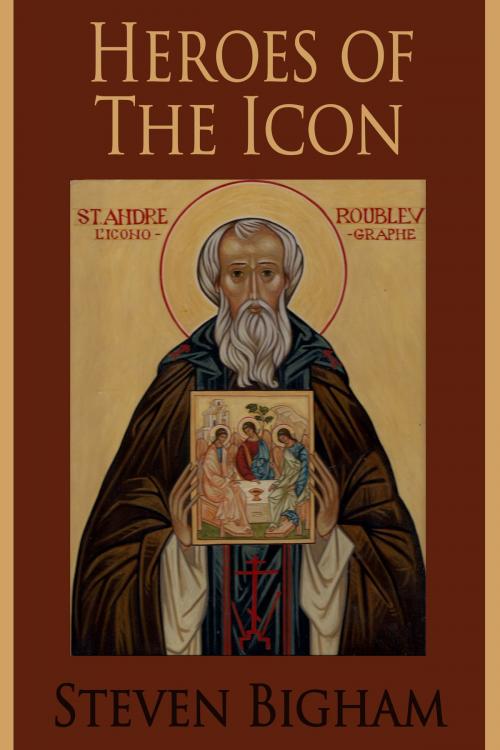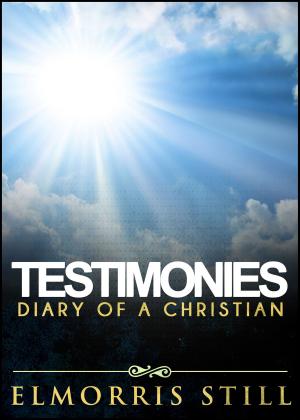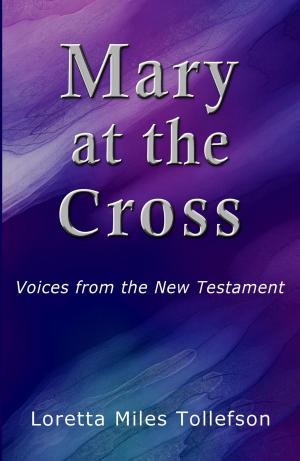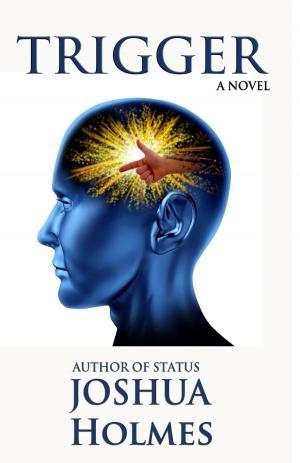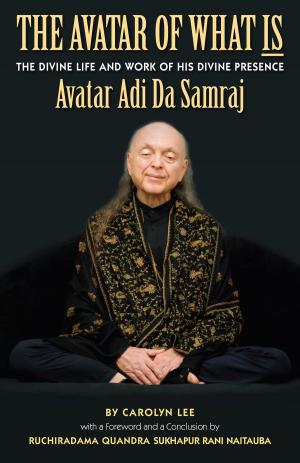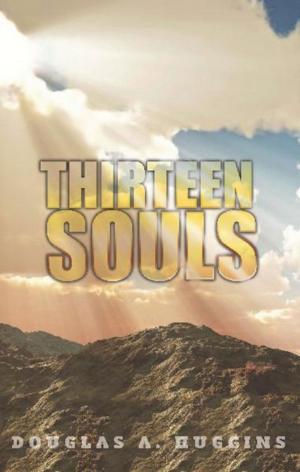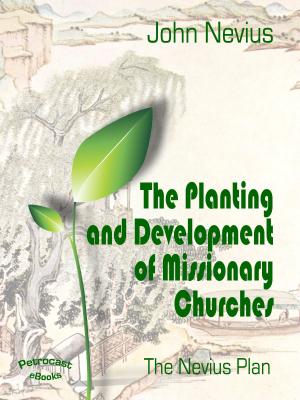| Author: | Steven Bigham | ISBN: | 9781311285317 |
| Publisher: | Steven Bigham | Publication: | December 15, 2015 |
| Imprint: | Smashwords Edition | Language: | English |
| Author: | Steven Bigham |
| ISBN: | 9781311285317 |
| Publisher: | Steven Bigham |
| Publication: | December 15, 2015 |
| Imprint: | Smashwords Edition |
| Language: | English |
Heroes of the Icon is a book about people, events and ideas related to the phenomenon called the Orthodox icon. 1) The first of the chapters deals with the three decisive points in history which form the foundation on which the icon stands. It concerns not only the moments in history but also the people involved who helped define what an icon is. The initial moment presents Moses and the people of Israel, around the year 1270 B. C., after having escaped from Egypt. They were at Mt. Sinai and received the Ten Commandments, the second of which forbids the making of any image whatsoever of the God of Israel since there is nothing in creation that resembles him. Being essentially invisible, God has no image that human artistic talent can reproduce. Any attempt to do so is idolatrous and the image is itself an idol. 2) The following decisive moment occurred at Nazareth, nine months before the beginning of the Christian calendar, when the angel Gabriel went and asked Mary if she would be the mother of the Messiah. She accepted, and the Word of God became flesh in her womb. By becoming flesh, he also became visible and by this act, he modified the 2nd Commandment and so made it possible to have an image of the Son of God, Jesus Christ. The Father and the Holy Spirit, however, remain without a portrait image, an icon. The last event in history that defined the Christian image is 787 A.D. when the 7th Ecumenical Council met at Nicaea, now in Turkey, to answer the charges of the iconoclasts, those Christians who wanted to destroy all Christian images, especially the image of Christ. They said it was an idol according to the 2nd Commandment. The Council Fathers distinguished between an idol and an icon, between worshiping and venerating images. Thus the three events determined the theoretical framework of the icon. 2) The second chapter further develops the understanding of what an icon is by using ten adjectives in the sentence: "Orthodox iconography is a__________________ art." The adjectives (theological, eschatological, ecclesial, canonical, historical, mystical, ascetic, pedagogical, and popular) look at the art of the icon from various perspectives as though someone were observing the different facets of a diamond. 3) The third chapter studies the lives of people who throughout history have been witnesses for the legitimacy of the Christian icon. These people have been artists who by the exercise of their talent reached great heights of holiness; thinkers who in the face of iconoclastic opposition defended the rightful place of icons in the Church and their justified veneration; martyrs who refused to accept the iconoclastic vision of Christian images and to destroy them, thus dying for their faith; and confessors who were persecuted and suffered because of their iconophilia, that is, their love of Christian images. People, places, events, and ideas related to the icon, these are what Heroes of the Icon is all about.
Heroes of the Icon is a book about people, events and ideas related to the phenomenon called the Orthodox icon. 1) The first of the chapters deals with the three decisive points in history which form the foundation on which the icon stands. It concerns not only the moments in history but also the people involved who helped define what an icon is. The initial moment presents Moses and the people of Israel, around the year 1270 B. C., after having escaped from Egypt. They were at Mt. Sinai and received the Ten Commandments, the second of which forbids the making of any image whatsoever of the God of Israel since there is nothing in creation that resembles him. Being essentially invisible, God has no image that human artistic talent can reproduce. Any attempt to do so is idolatrous and the image is itself an idol. 2) The following decisive moment occurred at Nazareth, nine months before the beginning of the Christian calendar, when the angel Gabriel went and asked Mary if she would be the mother of the Messiah. She accepted, and the Word of God became flesh in her womb. By becoming flesh, he also became visible and by this act, he modified the 2nd Commandment and so made it possible to have an image of the Son of God, Jesus Christ. The Father and the Holy Spirit, however, remain without a portrait image, an icon. The last event in history that defined the Christian image is 787 A.D. when the 7th Ecumenical Council met at Nicaea, now in Turkey, to answer the charges of the iconoclasts, those Christians who wanted to destroy all Christian images, especially the image of Christ. They said it was an idol according to the 2nd Commandment. The Council Fathers distinguished between an idol and an icon, between worshiping and venerating images. Thus the three events determined the theoretical framework of the icon. 2) The second chapter further develops the understanding of what an icon is by using ten adjectives in the sentence: "Orthodox iconography is a__________________ art." The adjectives (theological, eschatological, ecclesial, canonical, historical, mystical, ascetic, pedagogical, and popular) look at the art of the icon from various perspectives as though someone were observing the different facets of a diamond. 3) The third chapter studies the lives of people who throughout history have been witnesses for the legitimacy of the Christian icon. These people have been artists who by the exercise of their talent reached great heights of holiness; thinkers who in the face of iconoclastic opposition defended the rightful place of icons in the Church and their justified veneration; martyrs who refused to accept the iconoclastic vision of Christian images and to destroy them, thus dying for their faith; and confessors who were persecuted and suffered because of their iconophilia, that is, their love of Christian images. People, places, events, and ideas related to the icon, these are what Heroes of the Icon is all about.
